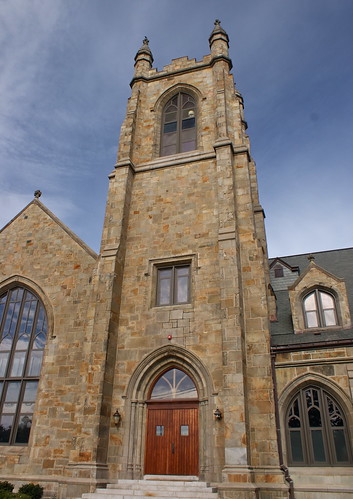(I gotta see this movie....)
For more than 18 months, I've been working, off and on, on a memoir about a road trip I took with three buddies in 1988 -- half a lifetime ago. I thought I'd have it done and ready for publication, whether traditional, self-made or ebook, some time this year. But writing projects rarely go as smoothly and quickly as you think they will.
I wish I were done with it, but I've had fun during each step of the process. The first draft involved fleshing out a blog series I'd done in 2008 detailing the four-month journey. In that early stage, I considered offering a wise elder stance, urging recent high school and college grads to forgo business school or smart phone app development in favor of discovering the greater world around them. I wrote about how easy it is these days to stay in touch with friends and family, but that when you're on the road, you should try to cut as many ties as possible to maximize your adventure.
In those heady early days of drafting, I threw in all sorts of background information about trips I took as a kid and at the end of college, mentioned all sorts of cool places I wish my buddies and I had stopped at, extolled the virtues of motels, diners, drive-in theaters and roadside attractions.
As I read the journal I kept on the 1988 trip, and thought more deeply about the journey than I ever had, I realized that I didn't live up to the expectations I had for the trip. As I analyzed some of the trepidation, anxiety and fear I had on the road, I realized that my son, Owen, shares some of these issues.
So I tried to make that part of the book as well. I tried to balance a linear narrative of the trip and analysis of who I was then and who I've become and how that all has an impact on my family.
And I laid a lot of this out in a foreword.
In the second draft I began researching some of the places we'd visited, filling in background information on bars, tourist sites, hotels, motels, etc. I also sent questions to my fellow travelers, as well as members of my family, and other friends, looking for additional information to shore up my account.
The third draft found me tightening things up, continuing to do research and add information from friends and family. Then I needed a break. So I emailed the manuscript to several people, four of whom got back to me with comments and suggestions.
For the last few weeks I've been working on the fourth draft. During this process I shed the foreword, realizing that it served as an outline of sorts for the book, but wasn't necessary for readers. I also ditched the stuff comparing me to Owen, and shaved down extraneous background information and bits about places we never visited, although I wish we had.
I already know that there will be at least one more draft. One of the comments I received from a reader was to punch things up a bit, to make the words sing on the page a bit more. I've done some of that, but at times I get lazy and find myself reading through the text with editing in mind more than rewriting.
Another new facet of the latest draft is photos. I brought a broken camera with me on the road trip, although I didn't know it was a lemon until I tried to get a few rolls developed. Initially I thought my memoir wouldn't have any pictures, which bummed me out.
But as I edited, I realized that I had some pictures to add. Some are from a family vacation that I reference in the book. Others were provided by my buddy Andy, who was on the trip. Others are from college events, provided by friends. One is the worst picture ever taken of me, at a going-away party before I went on the trip. I'm wearing a brown turtleneck, a green sweater, have an unstylish mid-length hairdo and a beard. I'm 22, but I look like I'm pushing 40.
I've enjoyed every stage of writing this book, and look forward to the next one. At some point I plan to seek out an editor or agent, and then there will be more drafting. I don't know when the book will get published, or by whom. I don't know if there will be any interest outside my immediate circle of friends and family.
I'm not writing this book for the money, but I hope it sells quite a bit better than my first book, (C)rock Stories: Million-Dollar Tales of Music and Mayhem, which may have moved 100 units.
I think my memoir has more general appeal than my short story collection did. Whereas (C)rock Stories dealt with universal issues ranging from love, hate, death and growing up, I have a feeling that the music references and themes throughout the book might have alienated some readers.
This book is more self-analytical and deals with emotional struggles and interpersonal battles more openly.
Honestly, I don't want this writing process to end. I enjoyed writing (C)rock Stories, but there was a lot of work -- 10 years' worth, off and on. I'm finding it much easier to write this book, even though I put myself in an often unflattering light. Once I'm done with the memoir, I'll move on to another short story collection based on memories of growing up in my hometown. One of those stories is complete, and will appear in a new anthology being curated by my good friend Jim Corrigan.
Jim published Movable Feasts, which also included one of my stories.
OK, that's enough.




